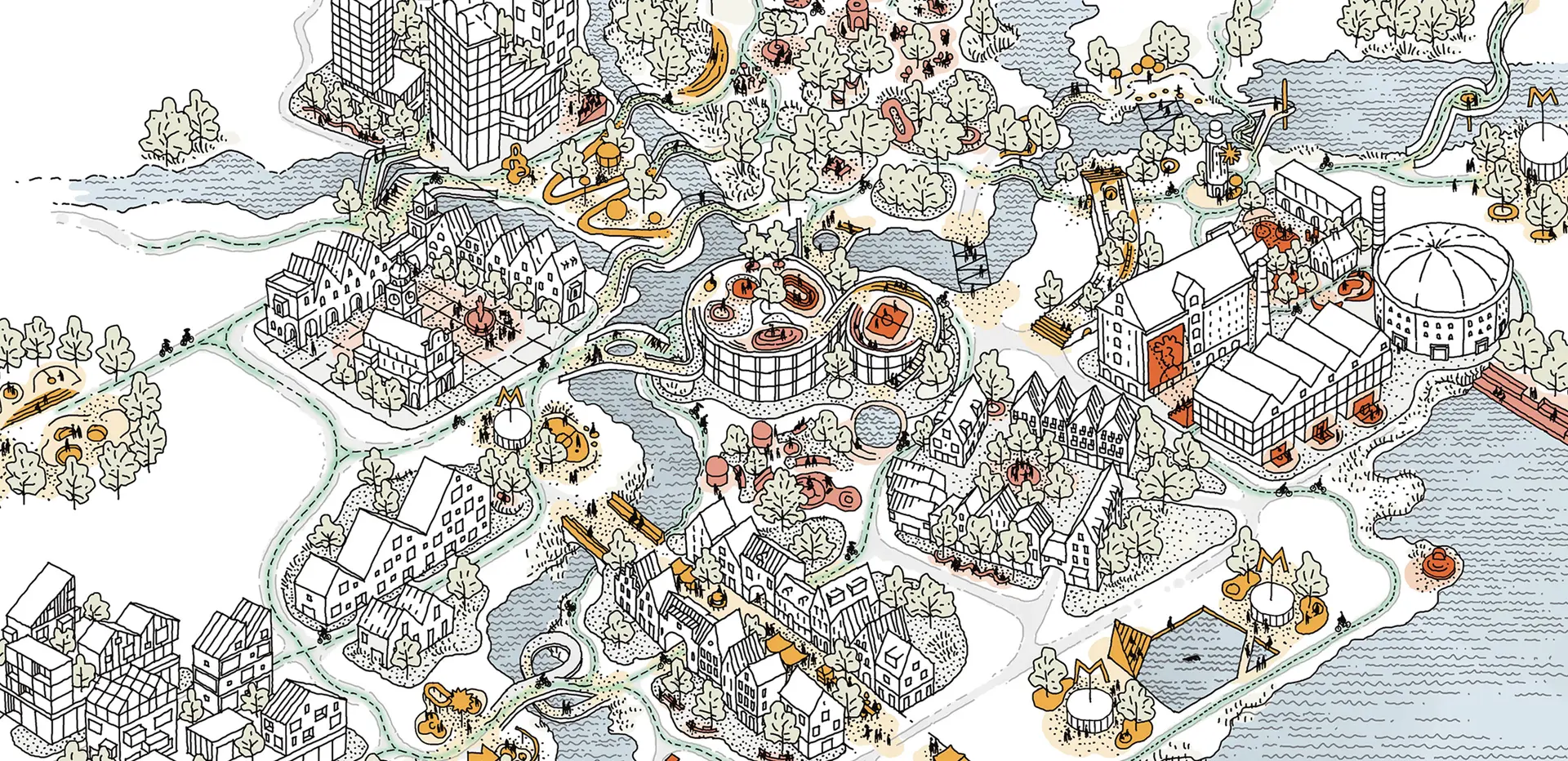Making space for teenage girls in Esbjerg

As designers, how can we create public spaces that reflect young women and support their needs and well-being?
Contact

Social Impact and Co-creation Lead
Over a 7-month period in Esbjerg, Denmark, we engaged with over 50 girls aged 13-15 gathering insights that shaped our strategic guide and design of a new gathering area in the city. In Esbjerg, teen girls' everyday life too often takes place in chain stores and commercial spaces, settings built for consumption, not connection.
Urban areas play a huge role in shaping our well-being, and despite progress toward gender equality, these spaces are most often dominated by cisgender boys and men. This lack of inclusivity has broader consequences: even as women today make strides to end the disparity (and even surpass men in college enrollment and degree completion), their mental health continues to decline rapidly.
In collaboration with Ramboll, Catapult Projects, Dorte Westergaard, Esbjerg Municipality, and supported by the Ramboll Foundation, we are building on our research project Urban Minded to explore how co-creation can make public spaces more inclusive, engaging, and welcoming for young women and their communities.

Our qualitative methods helped identify recurring themes and usage patterns while allowing room for nuance and the diversity of lived experience. We met girls from a wide range of backgrounds, family structures, and interests—from taekwondo and football to baking, painting, thrifting, and even playing in rock bands. Despite these differences, clear commonalities emerged: shared sentiments and patterns in how they relate to Esbjerg.
“I think it's sad that sometimes we'd rather be playing on our gadgets and scrolling on social media than being together with friends out in the city.”

After the engagement process and analysis, we distilled our findings into four strategies, each supported by clear design principles. The first looks at movement and flow; the second at lingering, hanging out, and simply being in the city. The third focuses on play, which should never be limited by age or social expectations, even though it often is. The fourth recognizes the significance of affordability and activation. While not physical, these too are vital to creating inclusive spaces for teenage girls.
Now we have opened a new public space co-created with over 50 teenage girls in Esbjerg. Located next to the city’s youth culture house, the communal outdoor garden is alive with personality that is uniquely their own – colorful handmade art and sculptures bring the girls’ creativity to life.




Our strategic guide is available to download below in both English and Danish.
We’re only getting started! Building on what we’ve learned, the next phase will expand this work through a collaboration between Esbjerg Municipality, and KOMPAN, supported by the Villum Foundation.



